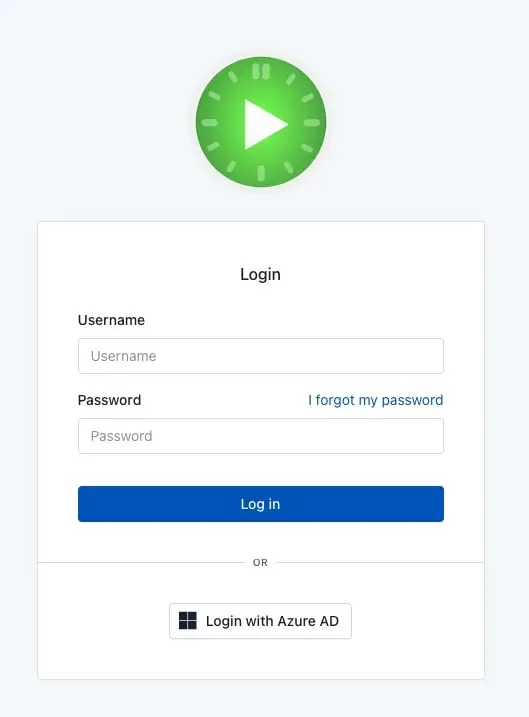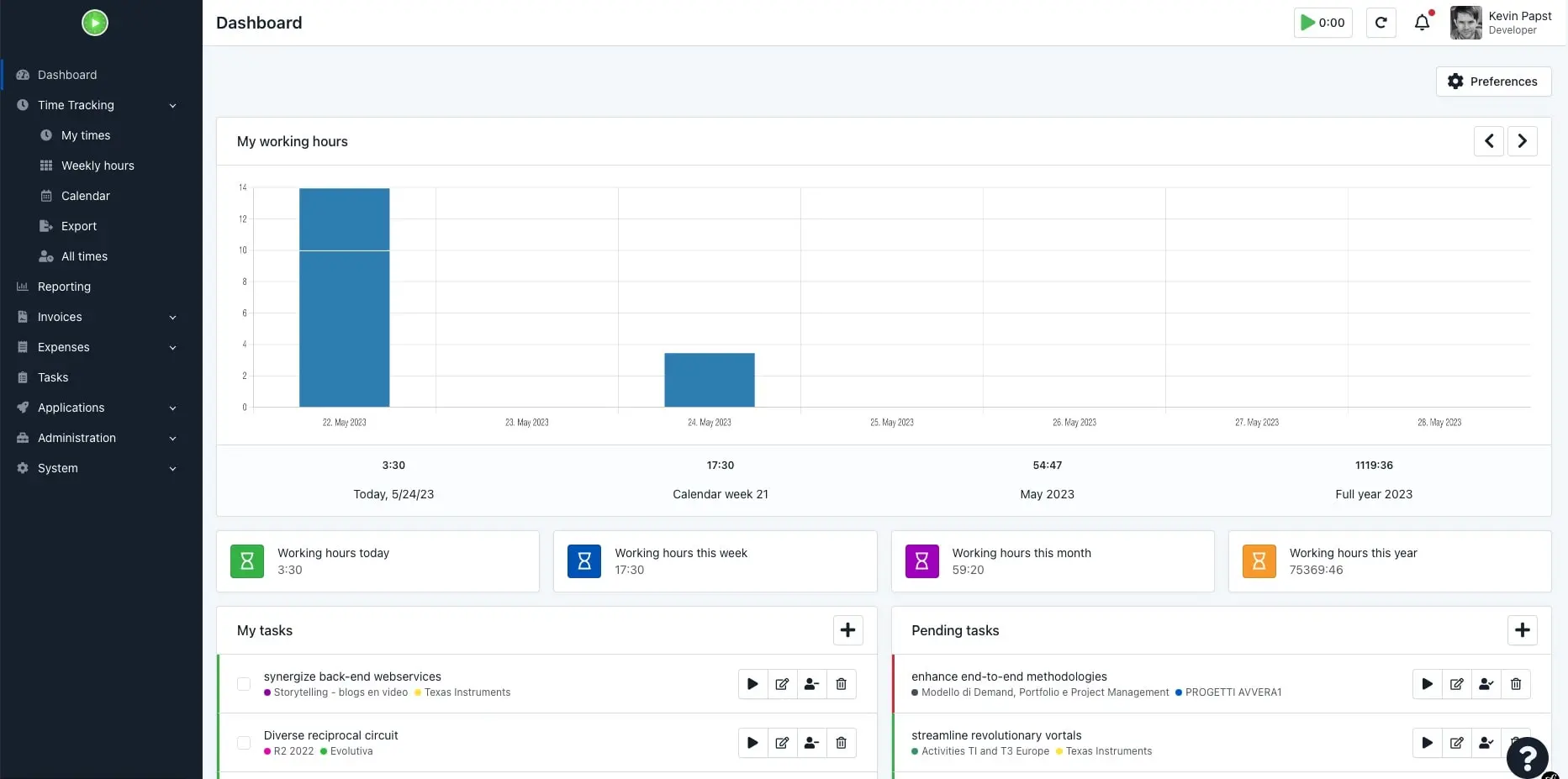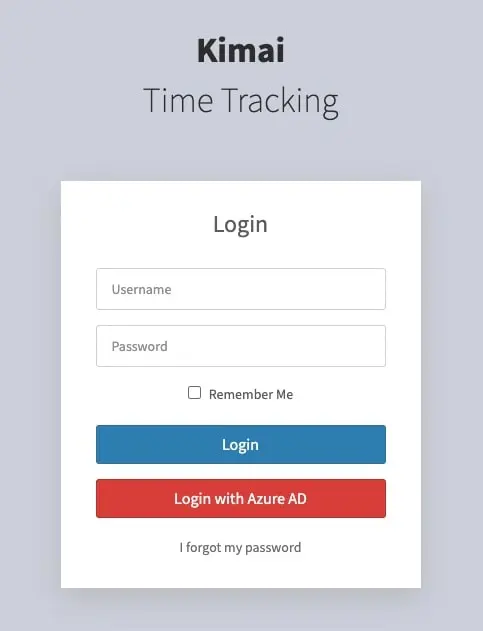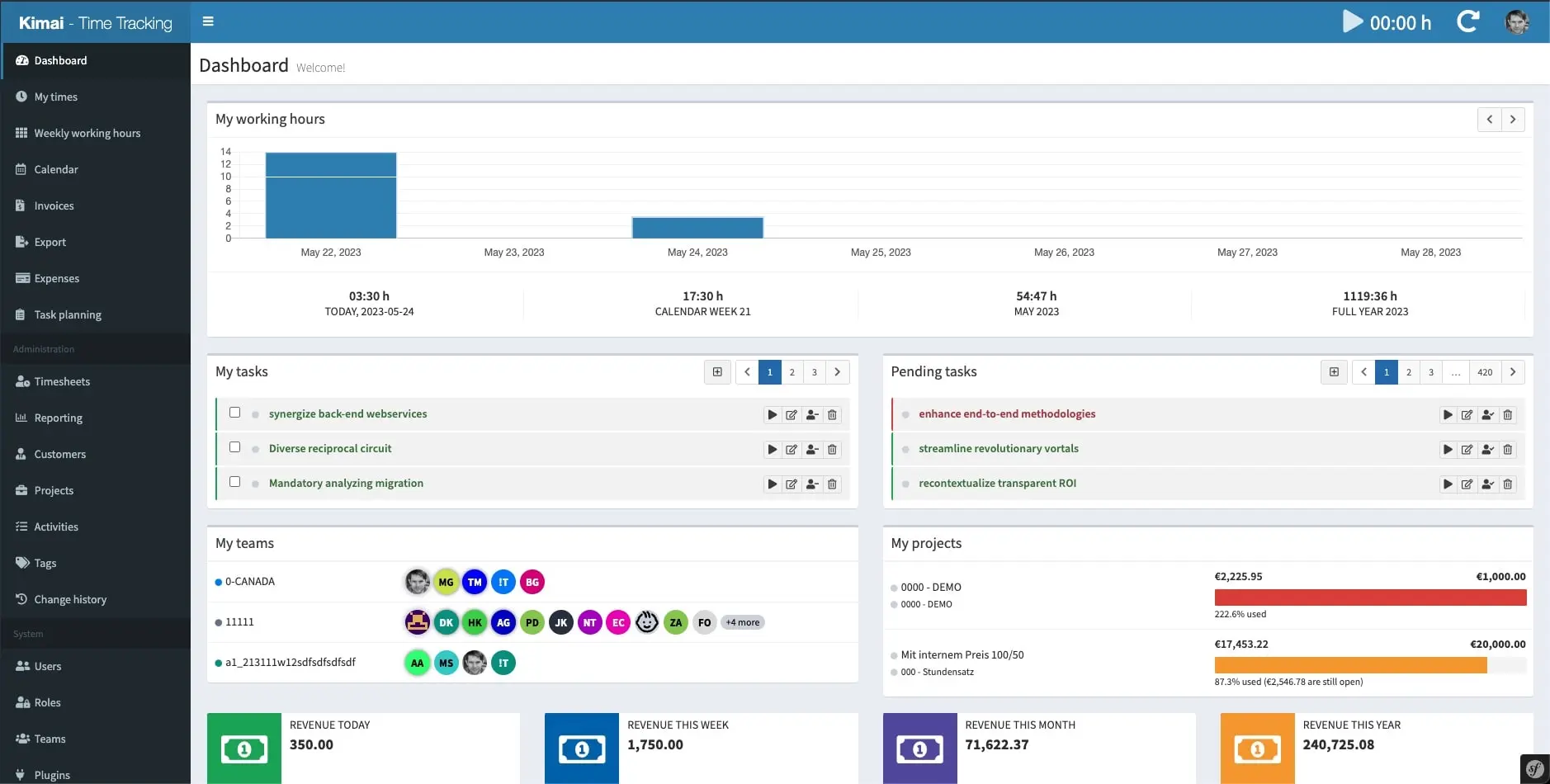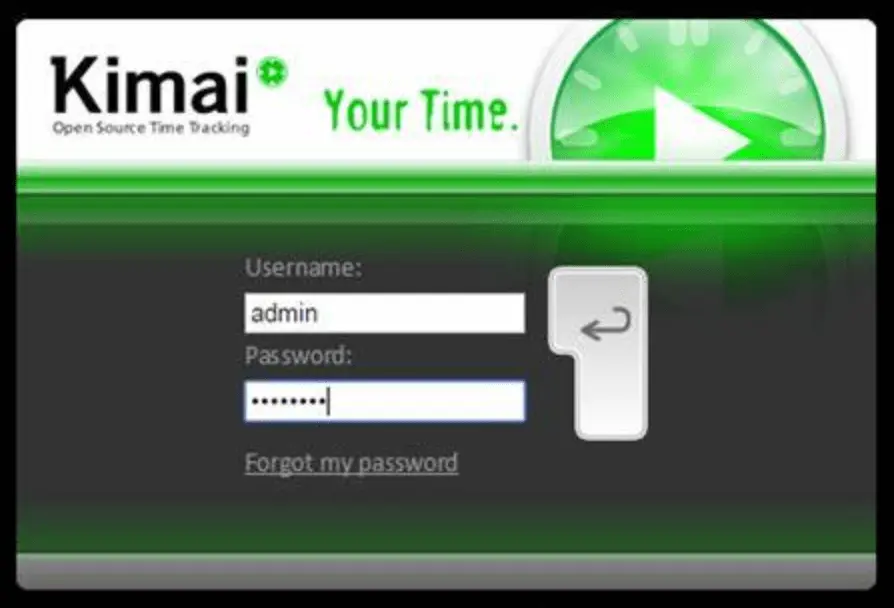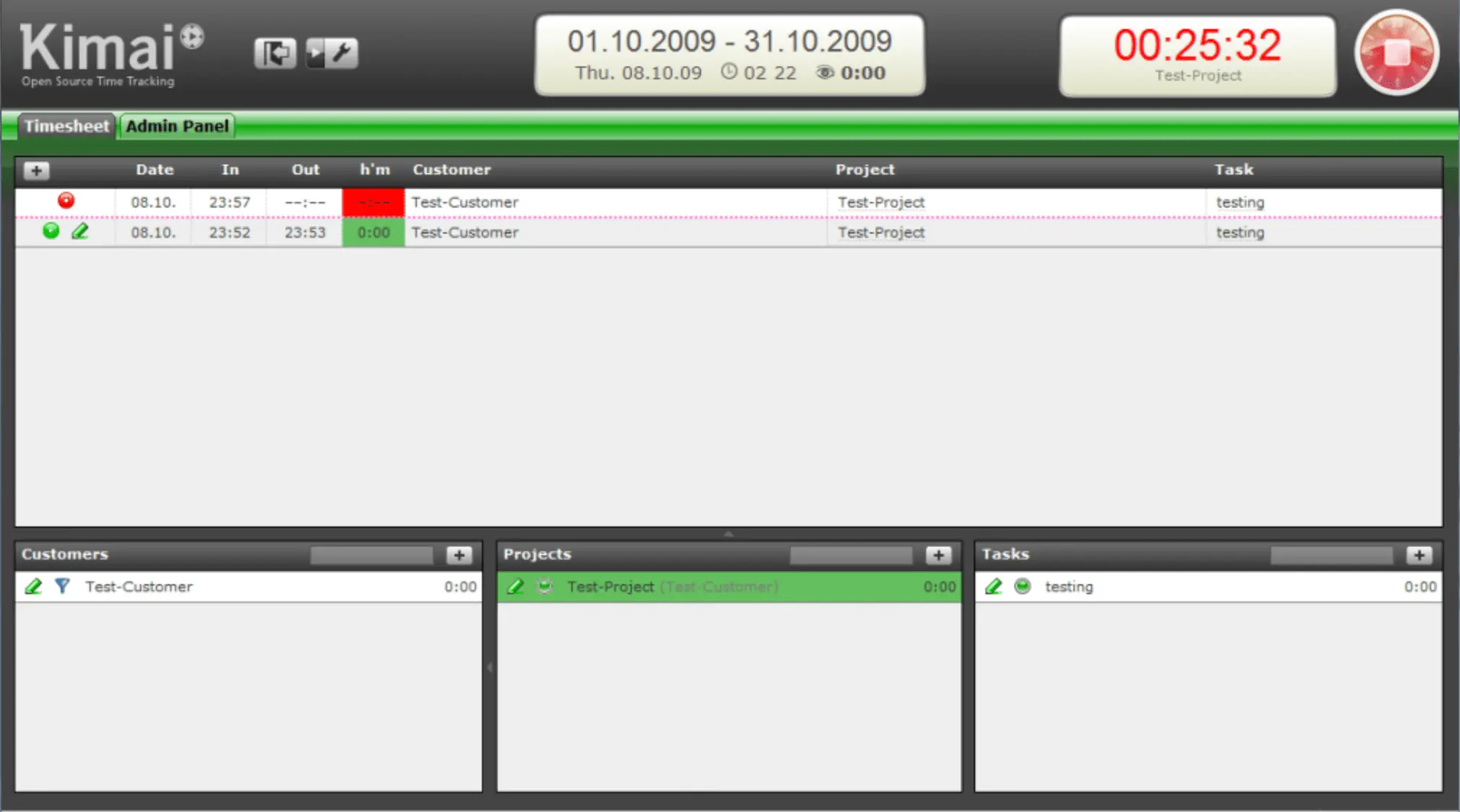Versions
Differentiate the available and past Kimai versions
Some users get confused about Kimai version numbers, especially when the application name and the version number are mixed up.
There are two completely different generations of Kimai, each with its own code base:
- Kimai 2: the modern and actively maintained version. Sometimes we explicitly call it
Kimai 2to distinguish it from the legacy Kimai. However, throughout this documentation, when we sayKimai, we always mean Kimai 2. - Kimai 1: the historical version, which is no longer maintained.
Below you find a list of Kimai releases, ordered from the newest to the oldest version.
The following list is ordered from youngest to oldest version.
Kimai 2
This Kimai version was originally released in 2018 and is still actively developed today.
Released versions were 0.2 up to 2.43.0.
That means there are multiple major versions existing, which combined from the app name part 2 and the actual release number like 1.30 or 2.0.22 leads to:
Kimai 2 - v1.30Kimai 2 - v2.0.22Kimai 1.30Kimai 2.0.22
Detect my version
There are two places where you can easily see, which Kimai version you are running:
- In the Web UI, go to
System > Doctorand in the upper status bar you see the version in the green label - On the command line you can call
bin/console kimai:version
2.0
Based on Tabler and Symfony 6:
1.0
Based on AdminLTE and Symfony 4:
Kimai 1
This Kimai version was originally released in 2007 and actively developed until 2018.
The latest available version was called v1.3.2 (released September 2019).
It looked like this:
